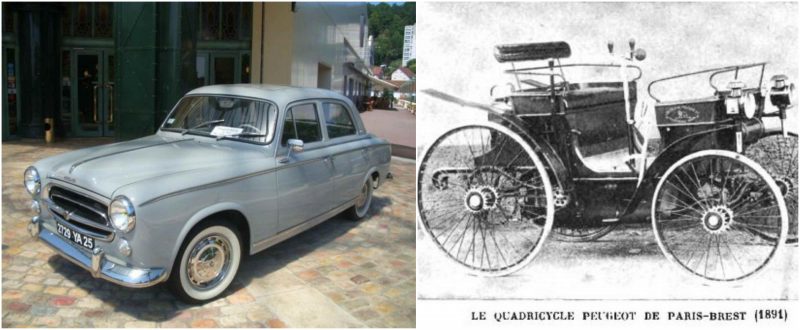The Peugeot family, of the Valentigney community in the city of Montbéliard of the Franche-Comté region of France, began their manufacturing business in the 19th century, first producing coffee mills and bicycles. In 1842, they added the production of salt and pepper grinders to their enterprise. The design and materials arguably spurred the company’s entry into the automobile market and crinoline dresses – they manufactured the steel rods which made up the umbrella frame of the dresses.
Wire wheels, saw blades, chisels, and bicycles then became significant and were other precursors for the company’s entry into the vehicle market. Armand Peugeot introduced his “Le Grand Bi” high-wheeler bicycle in 1882, along with several other models of bikes. The earliest models of motorized Peugeot vehicles were steam-powered tricycles; there were only four of these made in 1889.
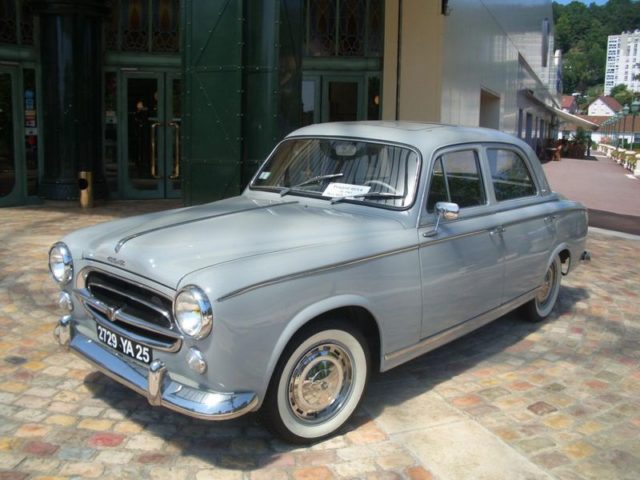

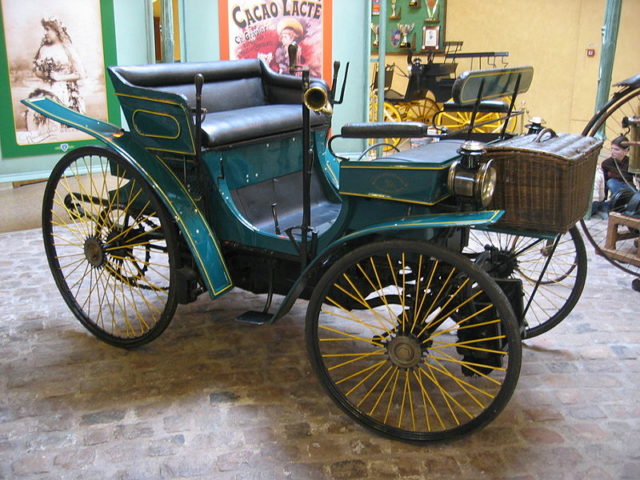
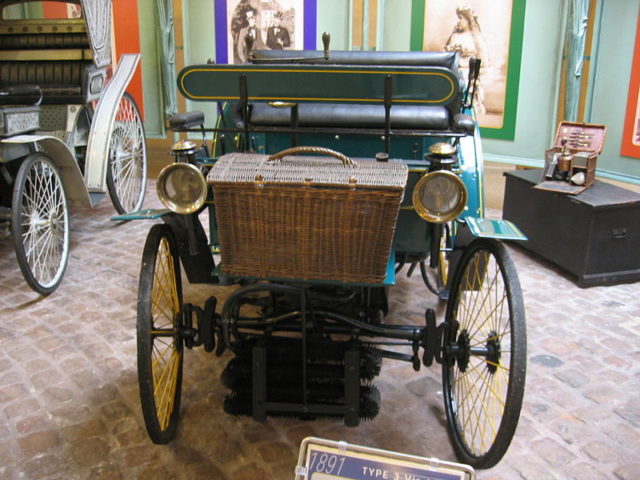
Armand Peugeot became interested in automobiles quite early in his career, but it was only after several meetings with Gottlieb Daimler and Émile Levassor in 1890 that Peugeot was convinced of the viability of entering the car market. The team wasn’t satisfied with steam power – it was bulky and required a long time to warm up.
The group was convinced that dependable and realistic automobiles would have to be driven by gasoline engines and must have four wheels. They proceeded with a gas-powered, four-wheeled automobile, with an internal combustion engine built by Panhard under the license held by Gottlieb Daimler. The vehicle was much more mechanical and sophisticated than most of its competition, as it had a sliding-gear transmission and a three-point suspension.
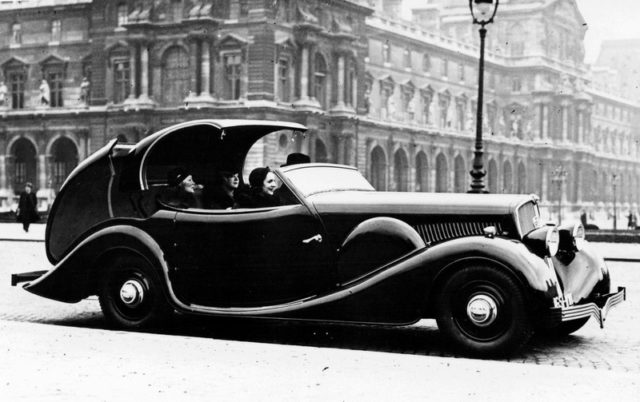

The model, “Type 2”, was the first such model manufactured by Peugeot, Daimler, and Levassor. Peugeot’s former partner, Serpollet, continued designing vehicles with steam technology under the brand name Gardner-Serpollet until he died in 1907.
Gardner-Serpollet until he died in 1907.
Armand Peugeot’s next automobile model was the “Type 3”. He decided to demonstrate its quality by driving it alongside the cyclists in the inaugural Paris–Brest–Paris cycle race, thereby acquiring authorized verification of progress from the race officials and timekeepers. Louis Rigoulot, Peugeot’s chief engineer, and workshop foreman Auguste Doriot displayed the robustness of their design.
Their four-wheeled vehicle functioned for 914 miles (1471 kilometers) without any major failures; it was the longest run time by a gas-powered vehicle, covering a distance nearly three times as far as the Paris to Lyon race record set previously by Leon Serpollet.
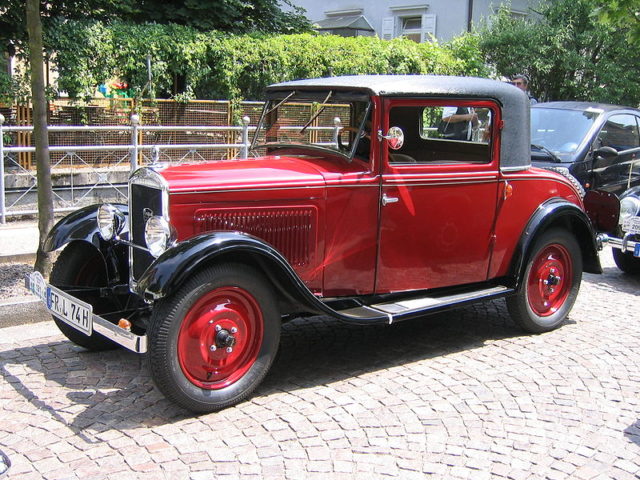
The engine was licensed for production in France by the German designer Daimler and then sold to Peugeot. It was a 16° V-twin stroke engine and produced two brake horsepower (bhp), sufficient for a top speed of approximately 11 miles per hour.
Read another story from us: Classic cars that are skyrocketing in value
The “Type 3” later became the first commercially-produced Peugeot sold to the public. A lighter “Type 3″’ version was entered into the Paris–Bordeaux–Paris race, finishing second – again with no major breakdowns and maintaining an average speed of 13.5 miles per hour (21.7 kilometers per hour).
